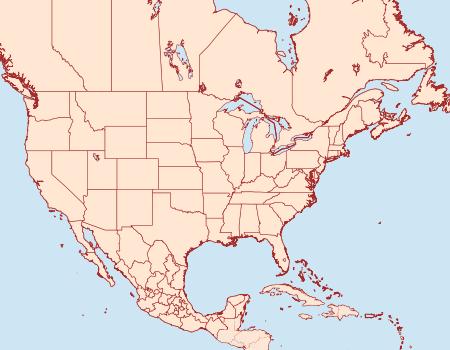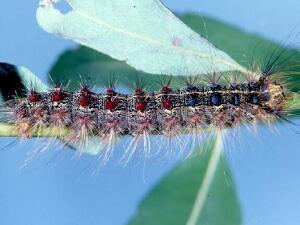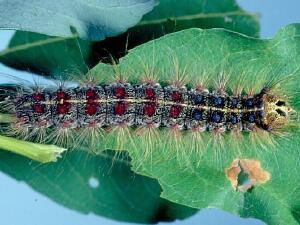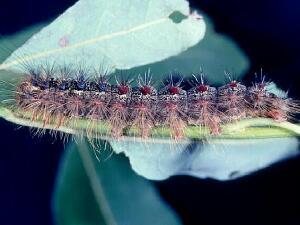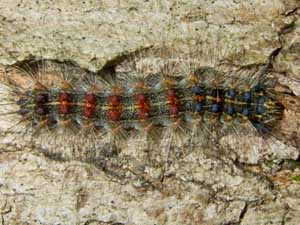
|

Digital Guide to Moth Identification |

|
|
Erebidae
990461n –
19461 Lymantria dispar
(Linnaeus, 1758)
|
|
| Photographs are the copyrighted property of each photographer listed. Contact individual photographers for permission to use for any purpose. | |
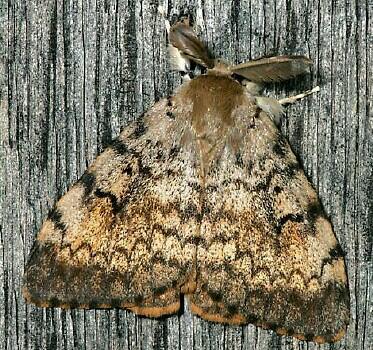
© Stephen Cresswell |
|
| References (Caution: DNA barcoding at BOLD provides evidence of relatedness, not proof of identification; some BOLD specimens shown may not be sequenced.) | |
|
|
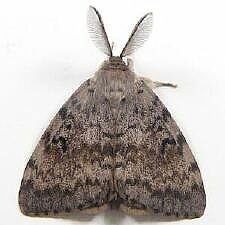 © Bob Patterson 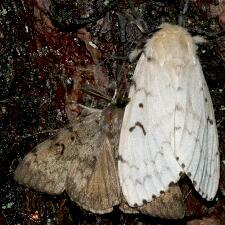 © Tom Murray 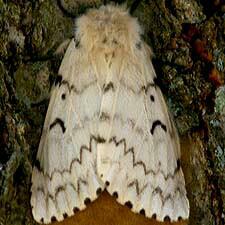 © Bob Moul |
|
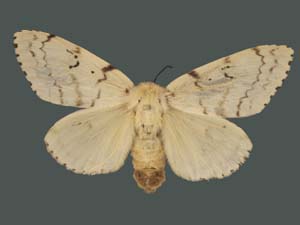  ssp. asiatica – © Christi Jaeger ssp. asiatica – © Christi Jaeger
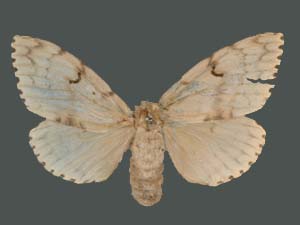  ssp. japonica – © Christi Jaeger ssp. japonica – © Christi Jaeger
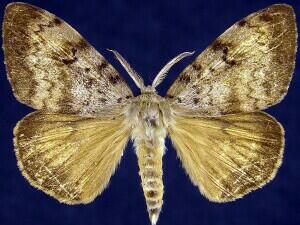  - 40mm – © Jim Vargo - 40mm – © Jim Vargo
|
|
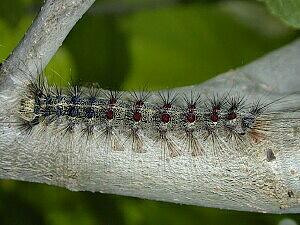 © Jason Dombroskie 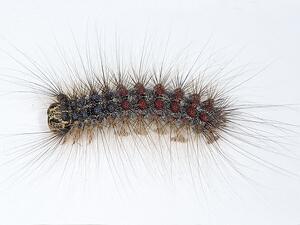 © Nolie Schneider 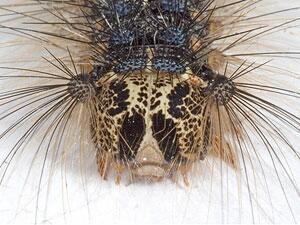 © Nolie Schneider 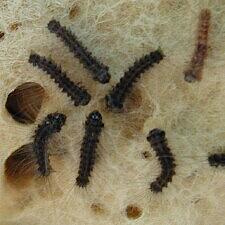 © Jason Dombroskie 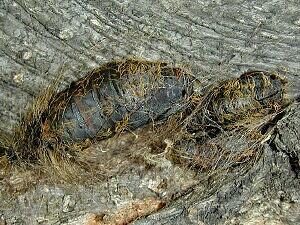 © Jason Dombroskie pupae |
Moth Photographers Group at the Mississippi Entomological Museum at the Mississippi State University
Send suggestions, or submit photographs to Webmaster — Moth Photographers Group
Database design and scripting support provided by Mike Boone

